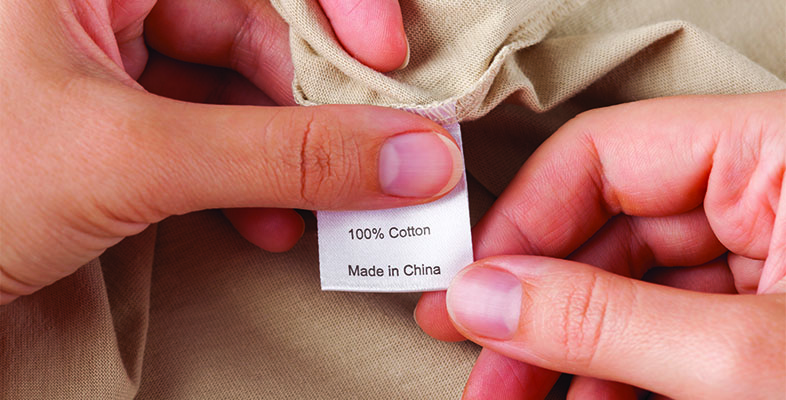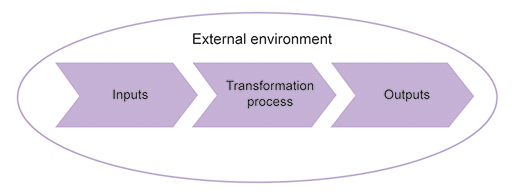1.1.1 The firm’s transformation process
The production of goods is a complex process which combines various inputs. Often economists make a distinction between material means of production such as cotton and machineries and labour force. This is because the cost of labour depends on social forces. At this stage, we include workers as inputs.
Activity 2
Consider the examples mentioned earlier: the supermarket, the bakery and the builder. Make a list of the inputs that would be needed by each to produce its final output.
Discussion
You might have come up with something similar to the following:
Bread: wheat, workers, water.
Builder: workers, bricks, cement, glass.
Supermarket: land, workers, foodstuffs.
The three examples in Activity 2 include a range of inputs. One input that is common to all three suppliers is workers, who are an important input for any firm. In economics these workers are referred to as labour. In addition to labour, firms will need inputs such as machinery, computers and some premises to work in. This is referred to capital.
These examples demonstrate that in order to produce an output the firm needs to use inputs. The role of the firm is to combine these inputs and to transform them so that an output can be produced and this output sold to consumers.

